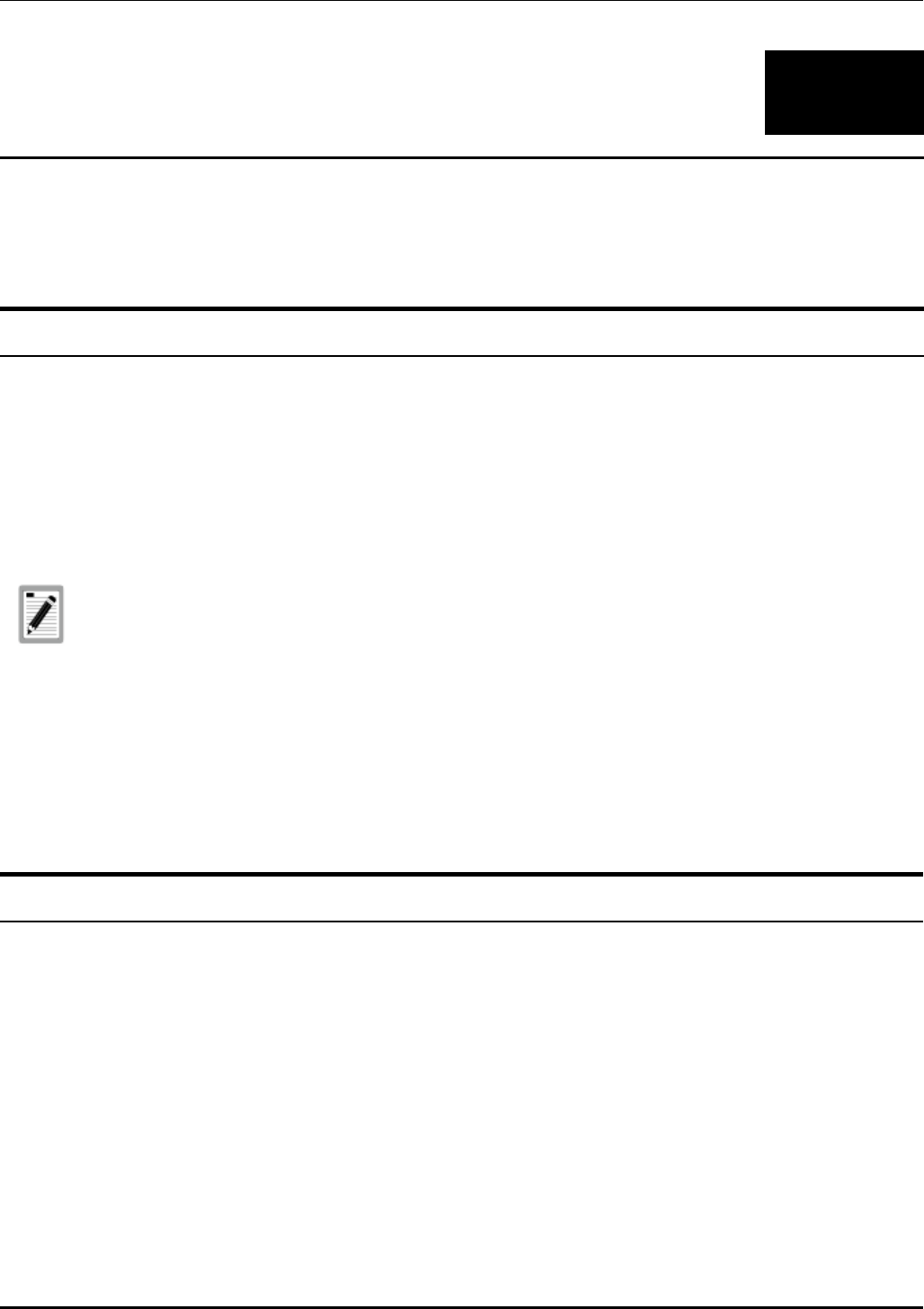
DES-3326 Layer 3 Fast Ethernet Switch User’s Guide
7
WEB-BASED NETWORK MANAGEMENT
Introduction
The DES-3326 offers an embedded Web-based (HTML) interface allowing users to manage the switch
from anywhere on the network through a standard browser such as Netscape Navigator/Communicator
or Microsoft Internet Explorer. The Web browser acts as a universal access tool and can communicate
directly with the Switch using the HTTP protocol.
The Web-based management module and the Console program (and Telnet) are different ways to access
the same internal switching software and configure it. Thus, all settings encountered in web-based
management are the same as those found in the console program.
Note: This Web-based Management Module does
not accept Chinese language input (or other
languages requiring 2 bytes per character).
Where there is a difference in the setup of the switch between its two operational modes (Layer 2 Only
and IP Routing), the sections are divided to correspond with the switch operating mode that is
applicable.
Note: IP Routing mode switch configuration settings that are saved NV-RAM using Save
Changes from the Main Menu are retained in the switch’s memory when the operational
mode is changed. IP Routing mode settings are simply inactive when the switch is in
Layer 2 Only mode.
Before You Start
The DES-3326 Layer 3 Switch supports a wide array of functions and gives great flexibility and
increased network performance by eliminating the routing bottleneck between the WAN or Internet and
the Intranet. Its function in a network can be thought of as a new generation of router that performs
routing functions in hardware, rather than software.
This flexibility and rich feature set requires a bit of thought to arrive at a deployment strategy that will
maximize the potential of the DES-3326 Layer 3 switch.
General Deployment Strategy
1. Determine how the network would be best segmented. This is probably done using VLANs in an
existing layer 2 switched network.
185


















